#launching
Chapters and interviews tagged with ‘#launching’
Related Book Chapters & Interviews
 Interview № 24 of 24
Brennan Dunn
Interview № 24 of 24
Brennan Dunn
Brennan is a co-founder of Right Message. In this episode, we talk about the path he’s taken that led him to create Right Message and what he’s learned about building and launching SaaS applications based on his experiences with his various products.
 Interview № 22 of 24
Jaimee Newberry
Interview № 22 of 24
Jaimee Newberry
Jaimee Newberry is the founder of Picture This Clothing where you can print a coloring sheet and design a one-of-a-kind ready-to-wear creation that they send to you. In this epsode we talk about making hard decisions and creating space in your life for ideas to take hold and give you time to work on them.
The best way to test an idea is to start building something real. Prototypes will help others understand the vision and force you to think more deeply about what you’re trying to build.
One of the most common mistakes when launching an app is believing that if you build it, they will come. That would be great, but it simply doesn’t work like that. You have to start carefully and tastefully building anticipation and interest so you’re not launching into a vacuum.
The word “beta” gets thrown around in the early days of building an application, but teams rarely understand what it really means. “Beta” is more of a process than a point in time. It’s as much about learning as it is about sharing, and you have to design your beta to gather feedback.
It’s tempting to make everything perfect before you share it with anybody, but this is a terrible tactic. If you build the wrong features, it doesn’t matter whether they’re perfect. Optimize for release speed, learning, and iteration. You can be a perfectionist once your application is healthy and profitable.
Launching is exciting. It’s a tangible milestone that represents an exciting day of watching your stats. It’s worth celebrating–but only briefly. Launching is where the work begins, not where it ends.
Launch day is really just the beginning of your journey, and once you launch, nothing is more important than getting back to work. Talk to customers, get feedback, and continue improving.
With software, quality is priceless. If a specific feature is worth building, it’s worth building right. Cautiously consider every new feature, but once you commit, go all the way and build it right.
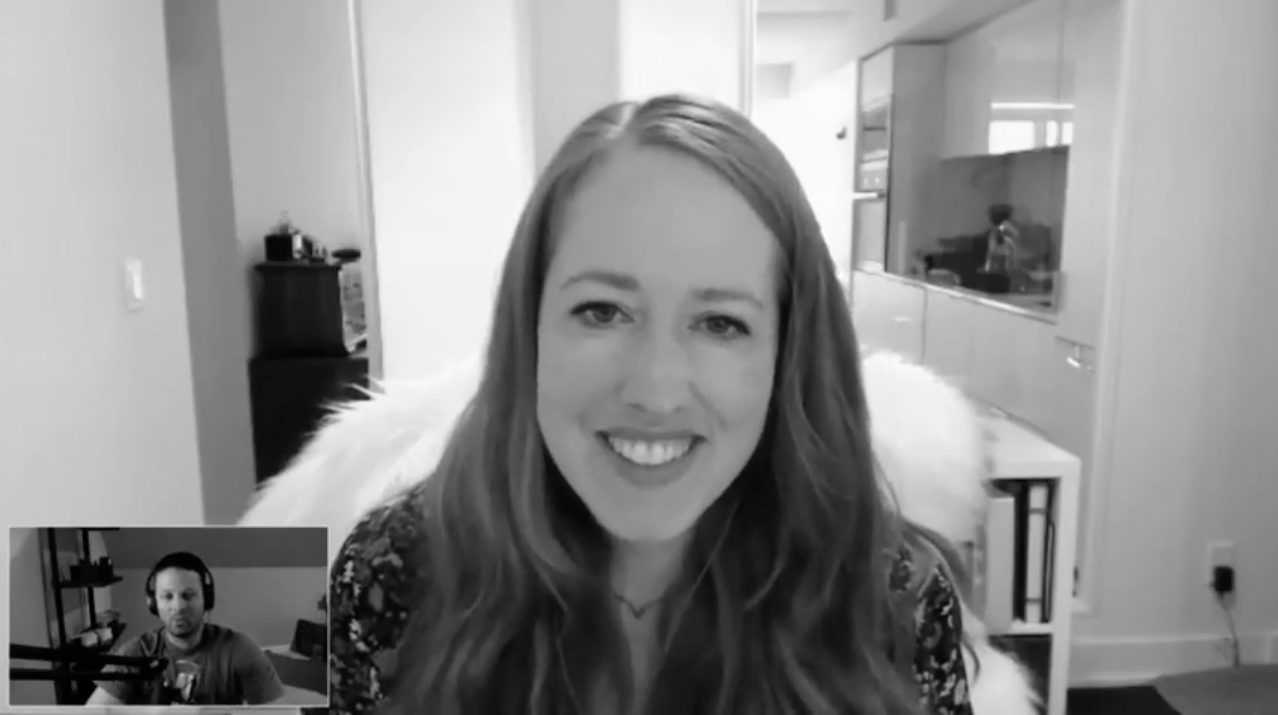 Interview № 16 of 24
Tracy Osborn
Interview № 16 of 24
Tracy Osborn
Tracy and I talk about her experience building and running Wedding Lovely, raising some funding for it, losing a co-founder, and even going through a heart-breaking acquisition process with Etsy. Through it all, she’s kept going and even published books to help others build their own web applications. She’s a brilliant example of someone that simply won’t give up, and while there’s no IPO looming, she’s making a great living doing what she loves with a small team.
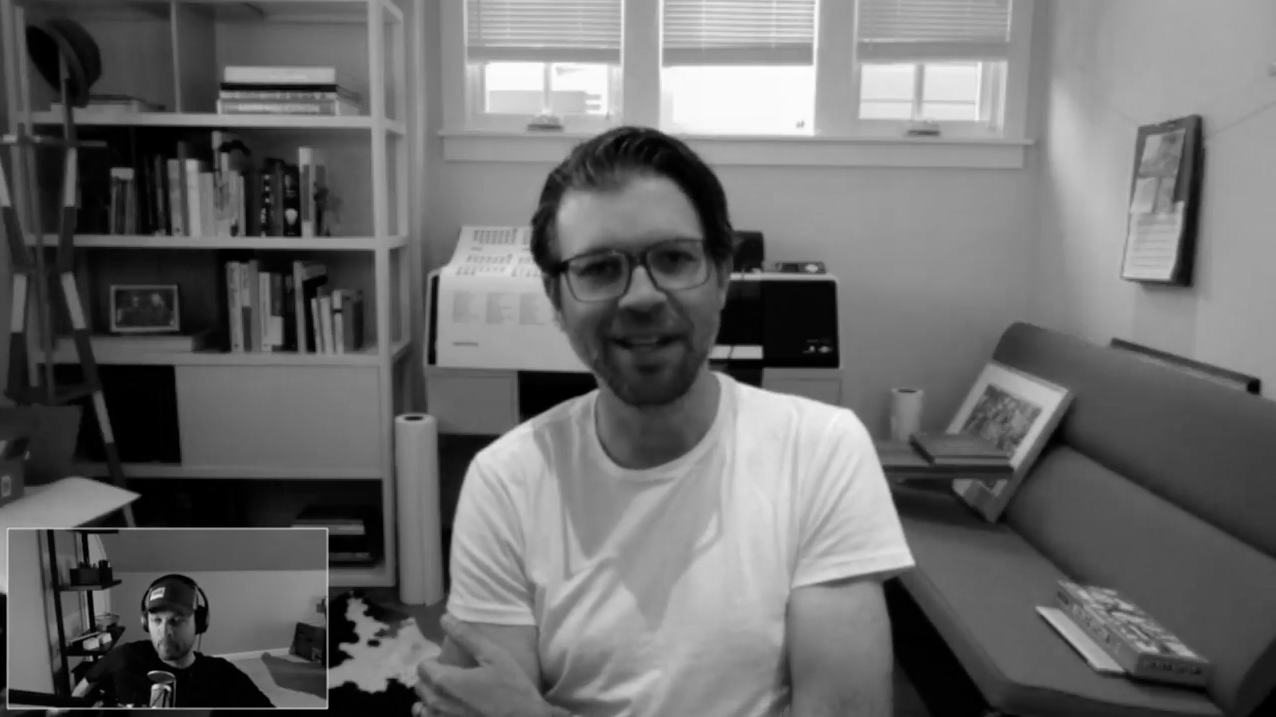 Interview № 15 of 24
Josh Williams
Interview № 15 of 24
Josh Williams
Josh and I discuss what it’s like going from a bootstrapped small team to a team of 30 in a funded startup. We touch on what it’s like going from being a lifelong business owner to being an employee of a large corporation experiencing huge growth. And we talk about some of the differences between building a small profitable business and hitching your wagon to venture capital. Simply put, Josh brings some great perspective and deep insight to building and running software businesses.
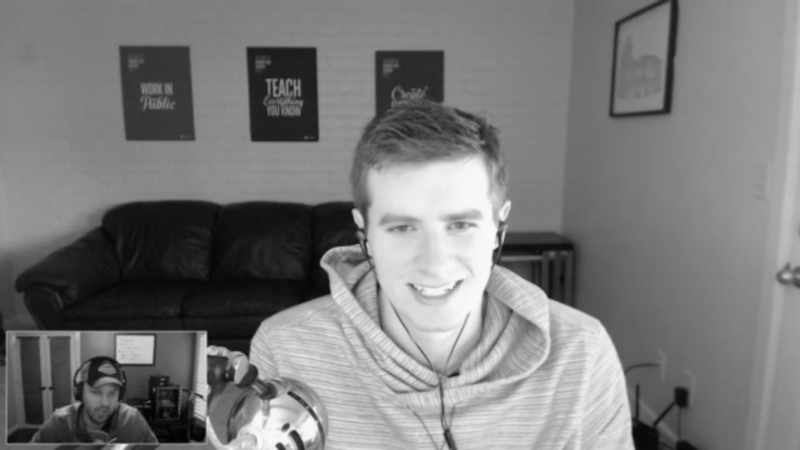 Interview № 13 of 24
Nathan Barry
Interview № 13 of 24
Nathan Barry
Nathan and I talk about the early days of ConvertKit, reaching a point where he had to make a decision to invest more significantly in it or walk away. He invested a significant portion of his income from other projects and really doubled down to make it work long before it was obvious things were going to take off. He talks about his sales process and how it simultaneously helped him better understand the needs of potential customers as well as build a relationship and find his first customers.
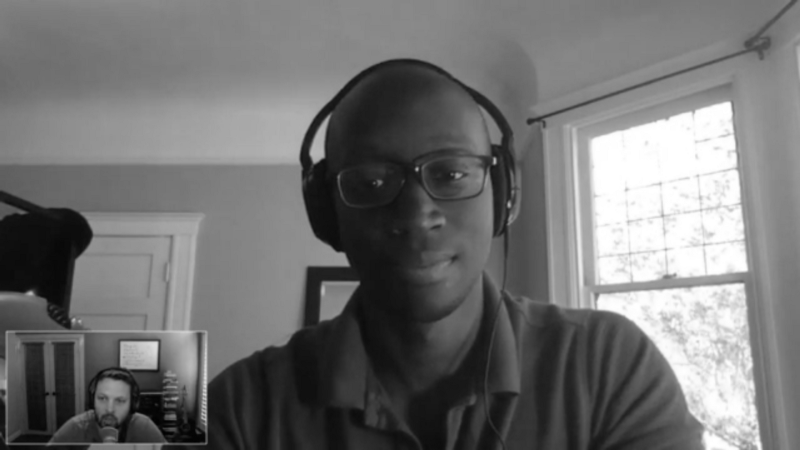 Interview № 12 of 24
Courtland Allen
Interview № 12 of 24
Courtland Allen
Courtland’s story is great because he’s been on a bit of the roller coaster, and now he’s starting fresh with Indie Hackers. He’s interviewing other founders of businesses of all sizes and helping to shed light on what’s possible for small independent software-based businesses. At the same time, the stories are also grounded in realistic stories of slow growth and hard work instead of just focusing on those businesses that hit the jackpot. Courtland’s past experience combined with his discussions with other founders has given him some great perspective and insight on what works and doesn’t work for small software businesses.
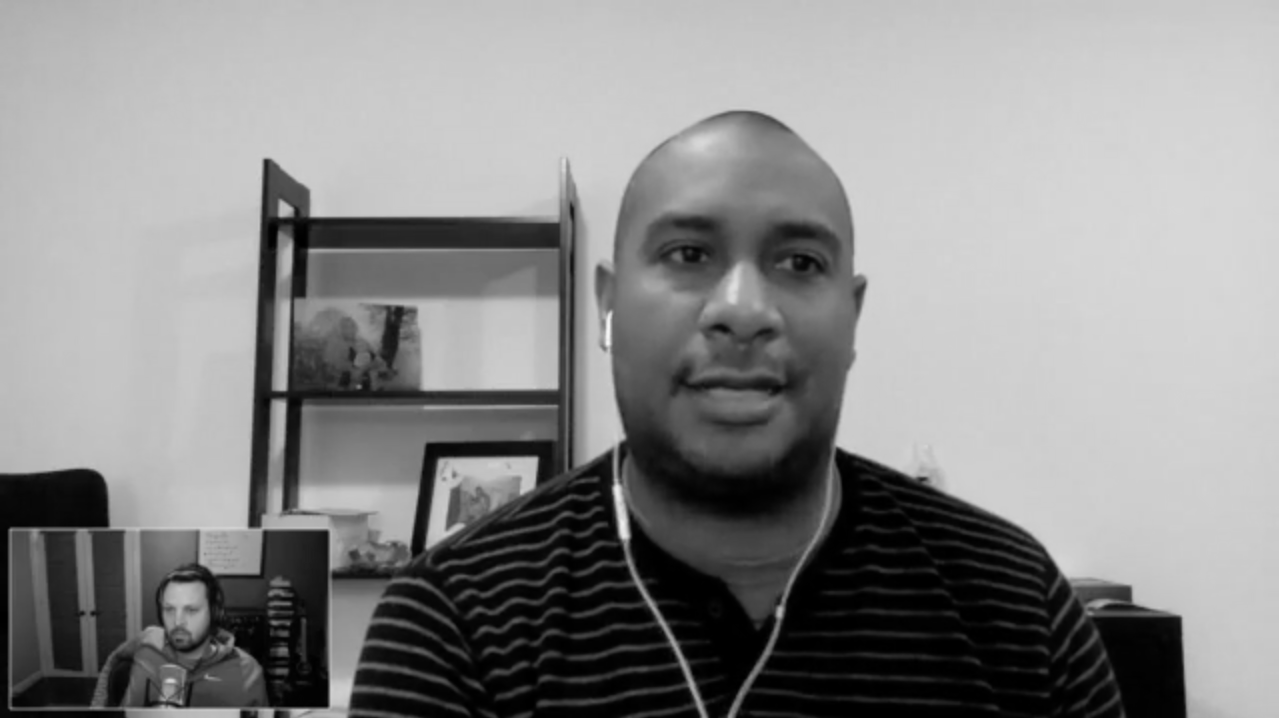 Interview № 11 of 24
Ruben Gamez
Interview № 11 of 24
Ruben Gamez
Ruben’s story with Bidsketch is a great example of how a simple small business can grow into something healthy sustainable on a reasonable timeline. He started out simply with very little in the way of expectations, and bootstrapped the business to profitability it on the side of a full-time job and now manages a remote team of four additional people. We talk about the challenges of growing and managing a remote team as an introvert, the process of recovering after he accidentally deleted all of the customer billing data, and much more.
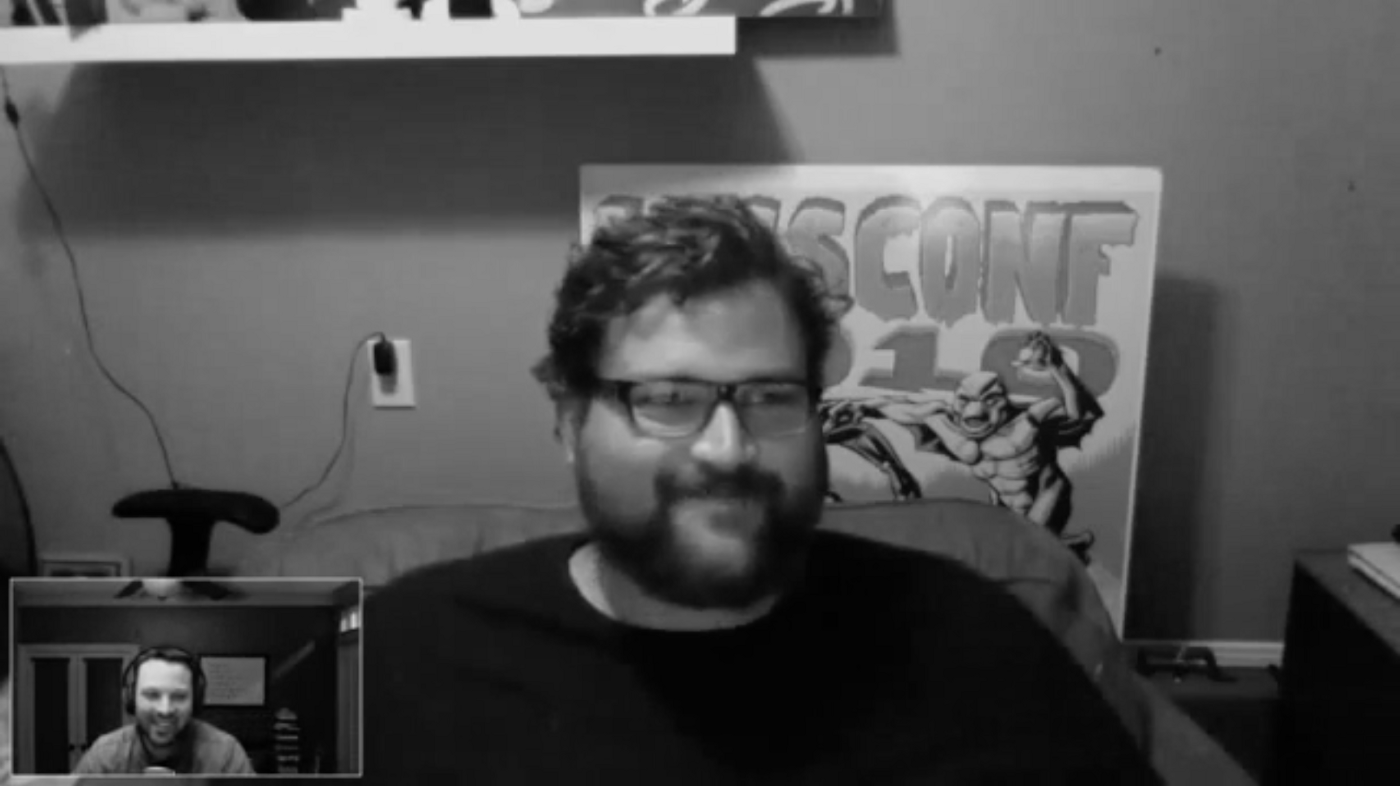 Interview № 10 of 24
Allan Branch
Interview № 10 of 24
Allan Branch
During a time when seemingly everyone is trying to build a product and move away from consulting, Allan is doing just the opposite and moving from SaaS and recurring revenue back to good old-fashioned consulting. We talk a little about the process of selling LessAccounting, the ups downs of trying to grow a SaaS application, and some ways to take a step back and make sure that you’re working on things you’re passionate about.
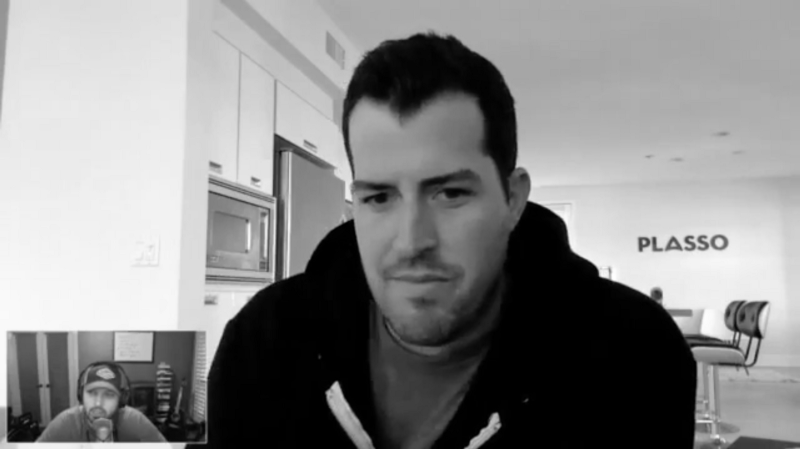 Interview № 9 of 24
Drew Wilson
Interview № 9 of 24
Drew Wilson
Drew and I discussed his various projects that led him to create Plasso as well as how successful businesses developed out of years of experimentation and cross-pollination. We also talked about some of the differences with bootstrapping versus raising an angel round through Drew’s experience on both sides.
 Interview № 7 of 24
Natalie Nagele
Interview № 7 of 24
Natalie Nagele
Natalie and I talk about bootstrapping, learning that marketing is a necessary part of growing a software company, and the transitions that led Wildbit to be a family-focused company. We touched on the benefits and challenges of running a multi-product company, the inspiration for the various products, and the difficulties of hanging in there as a business gets older and the responsibilities grow and change.
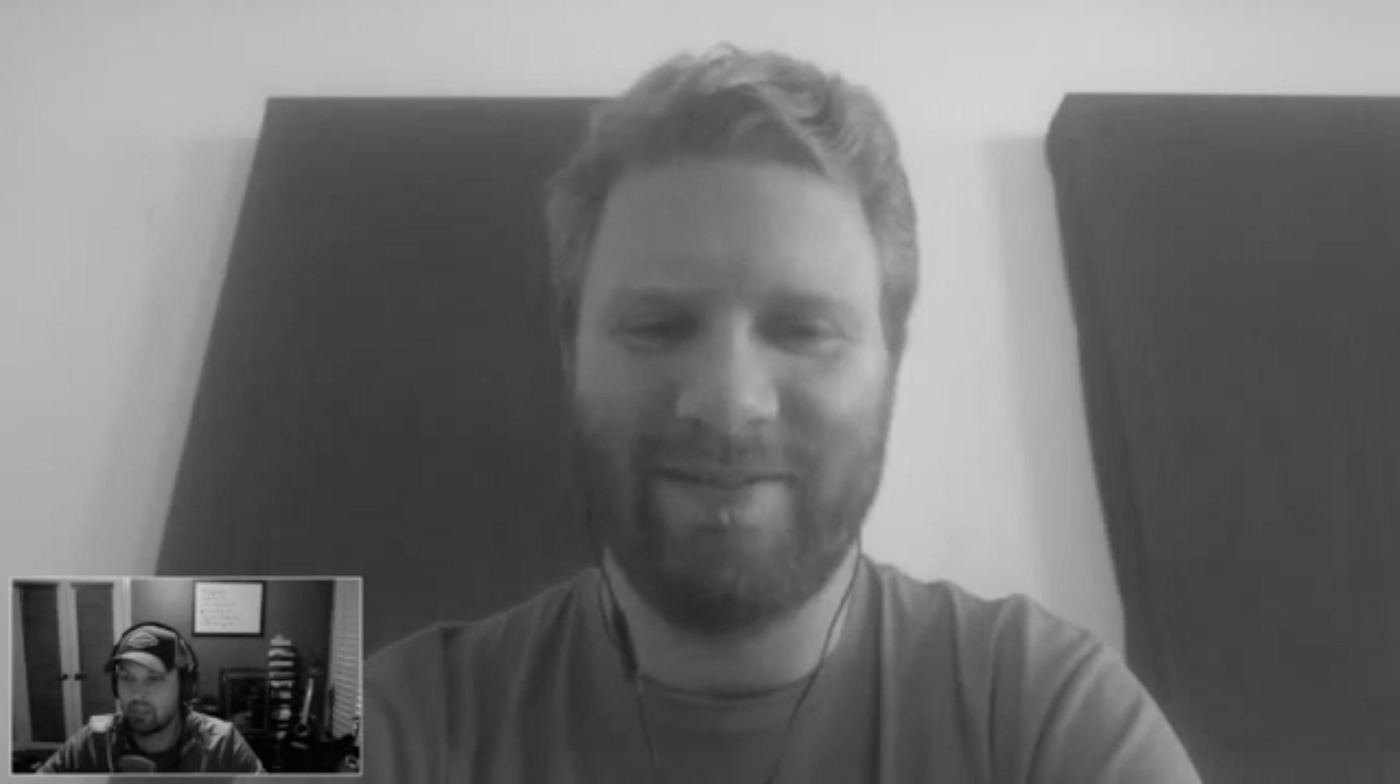 Interview № 3 of 24
Pat Allan
Interview № 3 of 24
Pat Allan
Pat Allan turned his open source side project into a profitable Heroku Add-on. We talk about the advantages and disadvantages of building on another company’s platforms, doing support for both open source users and paying customers, and some of the trickier parts of parlaying open source success into a profitable business venture.
 Be Fully-prepared to Launch Your Own SaaS Application
Be Fully-prepared to Launch Your Own SaaS Application
Get a free playbook, worksheet, and short email course to help you navigate the journey so you can be ready to build your own SaaS application.